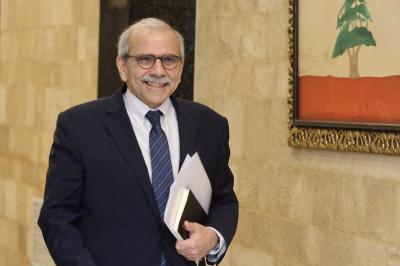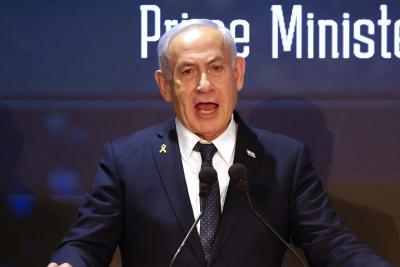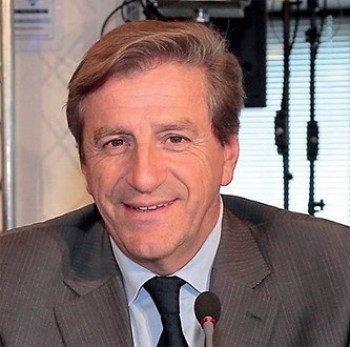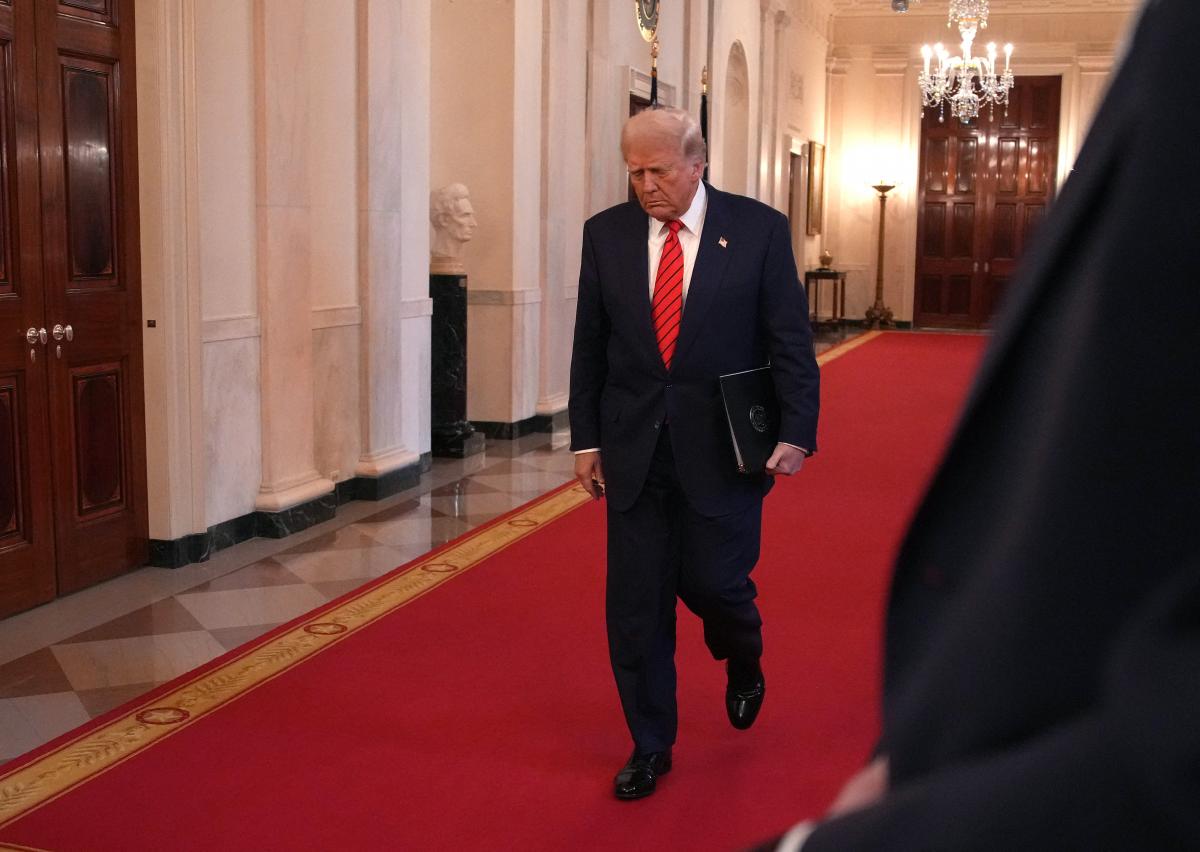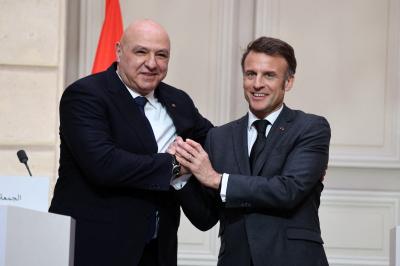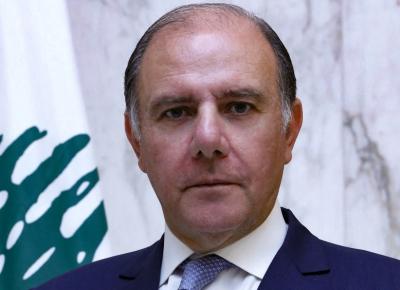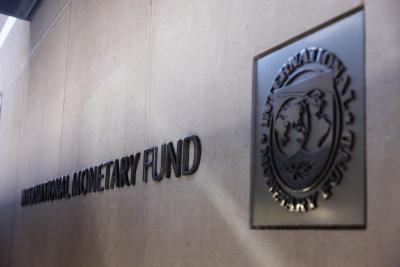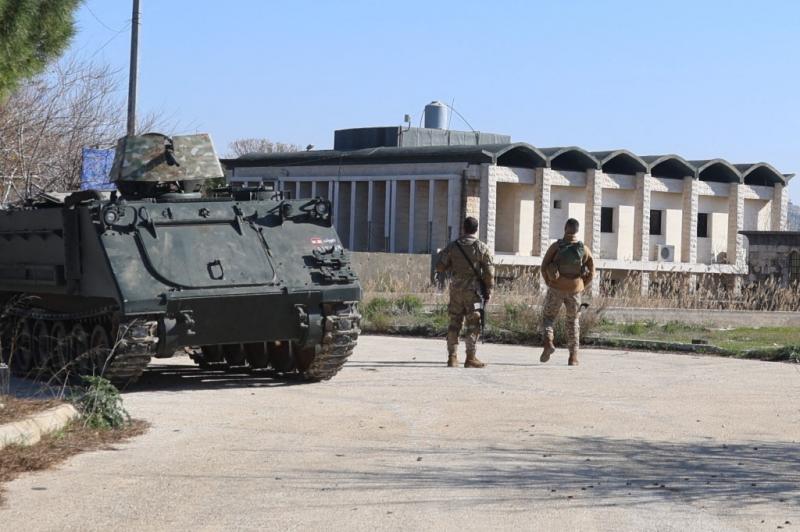President Donald Trump grapples with the hard realities of political and economic governance. Torn between fulfilling his campaign promises and implementing executive orders, Trump’s approach fluctuates between business pragmatism and erratic decision-making. At the core of his administration lies one consistent strategy: negotiation.
Al Safa News sat down with Sébastien Laye, a Franco-American economist and economic advisor for Republicans Overseas France, to discuss the president's shifting economic policies and their broader implications.
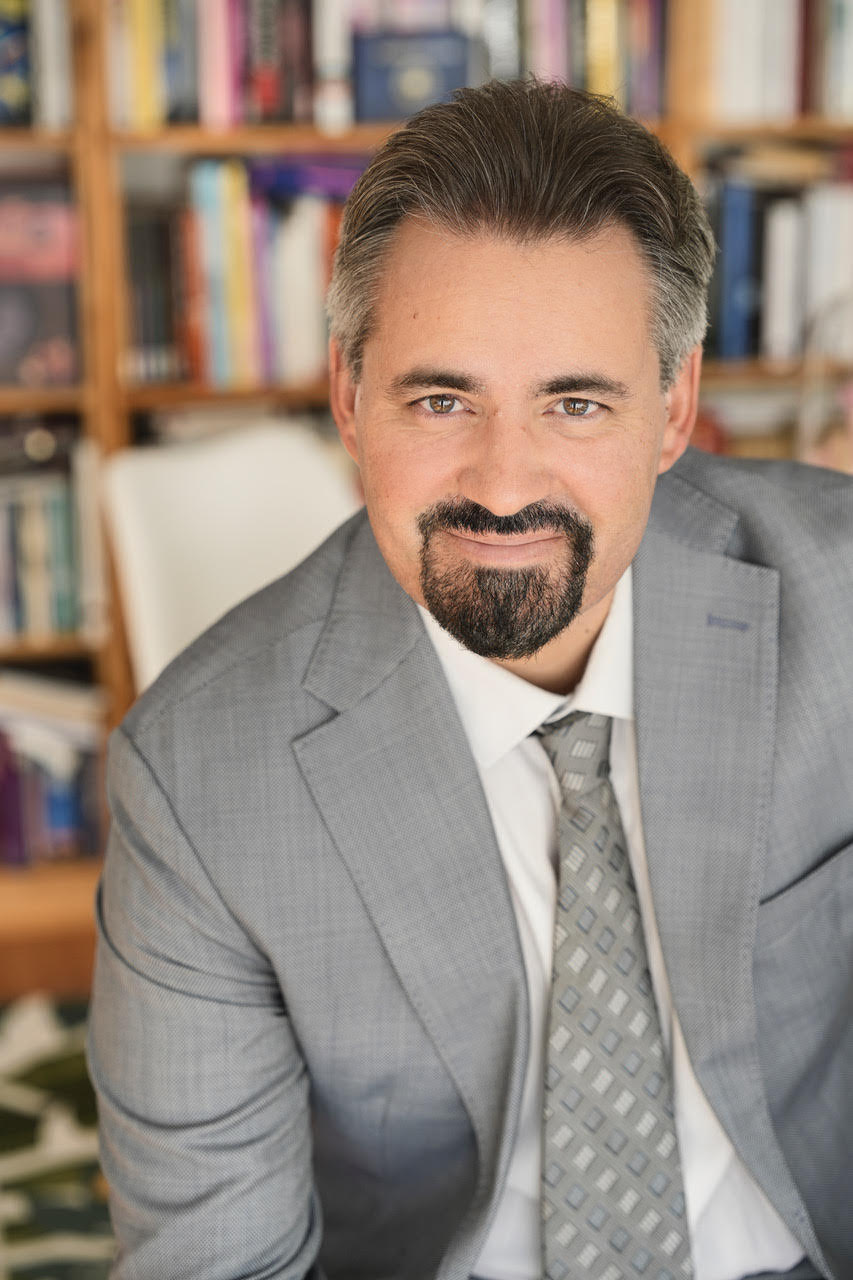 Sebastien Laye
Sebastien Laye
Trump appears to be retreating from his aggressive stance on tariffs, especially regarding Mexico and Canada. Talks have also been initiated with Beijing. Is the president hitting a wall of economic reality, or is he maneuvering for broader negotiations?
According to Laye, President Trump views tariffs not just as an economic tool but as a political instrument. The tariffs proposed for Mexico and Canada will not be enacted in the coming weeks, leaving room for discussions to address longstanding imbalances in trade relations with these countries. Both U.S. neighbors, however, have swiftly responded to security concerns: Mexico plans to deploy 10,000 heavily armed soldiers to its border and increase efforts to repatriate undocumented migrants, while Canada dismantled the largest clandestine fentanyl lab near Vancouver and allocated 10,000 troops to strengthen border security. Meanwhile, Panama has expelled Chinese presence from its territory. Moving forward, discussions will focus on trade imbalances and the barriers other countries have imposed on American products for decades, despite the U.S. eliminating similar protections in its own market.
Tariff Threats and Global Risks: Is Trump Playing with Fire?
Trump has threatened to impose massive tariffs on countries that refuse to shift their manufacturing operations to the U.S. But does this strategy risk trigger a major global economic crisis?
Laye argues that when the U.S. integrated emerging markets like China into the global trading system—particularly through its entry into the World Trade Organization—partner countries pledged to reduce their trade barriers. While the U.S. upheld its end of the bargain, it tolerated high tariffs on American products from countries like China and India, under the assumption this was a transitional phase. Now, as these nations have established themselves as commercial powerhouses, the Trump administration sees no reason not to level the playing field.
“We weren’t meant to be perpetual victims of the globalist system,” says Laye. “We financed the growth of our allies, sometimes at the expense of American jobs and interests, but also of nations that now openly express hostility toward us. Yet, everyone needs access to the American market—the most dynamic growth zone in the world and the largest economy, outpacing China or Europe by 50%.”
Tariffs or Domestic Production: Trump’s Ultimatum or Bluff?
Trump’s administration encourages companies exporting to the U.S. to shift their production to American soil, a trend that began during his first term when companies like LVMH relocated parts of their operations to the U.S. The potential establishment of the External Revenue Service (ERS) would integrate tariffs into the country’s fiscal and budgetary strategy.
Referring to classical economic theories, including those of David Ricardo, Laye argues that free trade in its purest form isn’t the sole pathway to national prosperity. Historically, the world has functioned with tariffs in place, and it’s natural for access to highly desirable markets to come with higher costs. “A certain level of market protection brings stability,” he says. “Most financial crises—whether in 1929, 2008, or the Asian and Eurozone crises—can be traced back to periods of uncontrolled free trade.”
Trump’s Economic Policies and Inflation Risks: A Balancing Act
Trump’s new economic policies carry notable inflationary risks. How does Laye view these developments?
The post-COVID inflation rate, which hit 10%, was largely due to monetary policy errors and reckless fiscal spending under the Biden administration, according to Laye. The new Secretary of the Treasury, Scott Bessent, aims to restore financial stability through the “3-3-3 Plan”: 3% GDP growth, reducing the deficit to 3% of GDP, and increasing oil production by 3 million barrels per day.
Using the DOGE framework and reevaluating costly public policies like Biden’s Inflation Reduction Act (IRA), the administration plans to curb excessive public spending and reduce the deficit from 6% to 3% during this term. Persistent inflation, Laye notes, is driven primarily by energy and housing costs. The administration’s deregulation efforts, already underway with a wave of executive orders, are deflationary in nature—boosting oil and gas production will increase supply, lower prices, and reduce consumer costs.
In the coming months, the administration also plans to address housing costs by releasing vast federal lands for development and easing construction restrictions. The revival of Opportunity Zones—tax-free zones for housing projects initiated during Trump’s first term—will further support these goals.
AI as America’s New Frontier: Can Trump Deliver on a $500 Billion Promise?
Artificial Intelligence (AI) is a top priority for Trump, who has pledged $500 billion over four years to bolster the sector. But is this goal achievable? As the race with China intensifies, do the U.S. and its tech giants, like Nvidia with its A100 chips, have a competitive edge?
Projects like Stargate—a joint venture between OpenAI, Oracle, Softbank, and other tech partners—are just the tip of the iceberg. Additional private-sector investments include a $100 billion initiative from Softbank announced at Mar-a-Lago in December, Microsoft’s $100+ billion plan, and Meta’s $65 billion project. While these initiatives are privately funded, Laye emphasizes that government support through deregulation and streamlined permitting will be crucial.
“This administration is clearly ‘accelerationist,’” says Laye, referring to the American term that denotes support for rapid technological advancement. “We champion technological progress, while the left has become conservative, even regressive, on these issues. It’s not just AI—this applies to cryptocurrency, nuclear energy, and space exploration.” For Laye, the American frontier myth is alive again, with AI and the pursuit of superintelligence representing the new American frontier. Collaborating with allies, the U.S. aims to outpace authoritarian regimes that seek to dominate the free world through these technologies.
America’s advantage, Laye insists, goes beyond semiconductors and data centers. “Our strength lies in the American and Western spirit of innovation, our ability to attract the brightest minds, and our willingness to let them pursue their dreams.”
Caught Between Two Giants: How Should Europe React to U.S.-China Economic Pressures?
With Europe potentially caught in the crossfire of U.S.-China economic tensions, how should the continent respond?
Laye argues that Europe remains a key ally, with stronger economic and technological ties to the U.S. than to any other region. Recent decisions on semiconductor exports reflect this bond: while the U.S. has restricted the export of its latest models to authoritarian regimes and imposed licensing conditions for some countries, no such restrictions apply to over 20 allied nations, including France.
Moving forward, Laye suggests that the U.S. and Europe should collaborate more closely on AI—not just for regulatory purposes but to advance scientific innovation. Europe must shake off its complacency, abandon its naïveté towards authoritarian regimes, and work alongside allies to shape this new world.
Laye and Randy Yaloz, president of Republicans Overseas France, have proposed establishing Economic Development Territories (EDTs)—tax-free zones across Europe to foster data centers and research hubs. “For Europe to participate in the Western AI revolution while maintaining sovereignty, it must invest in these strategic assets,” Laye asserts. Boosting natural gas production and renewable energy is crucial, as the nuclear renaissance will take decades. “Europe must regain its industrial and technological ambition, aligning with America’s current goals. This is not about politics—it’s about the survival of the continent.”
Suspension of U.S. Economic Aid: A Temporary Measure or Strategic Shift?
Secretary of State Marco Rubio recently confirmed a 90-day suspension of U.S. economic aid to developing countries. What’s behind this decision?
Laye explains that abuses in economic and, in some cases, military aid to developing nations—identified through DOGE oversight mechanisms—prompted the suspension. However, the freeze does not apply to long-standing allies like Egypt and Israel, where the U.S. trusts the flow and allocation of funds. In other countries plagued by corruption, bureaucratic mismanagement, and plutocracy, U.S. aid has often proved ineffective or counterproductive to American interests.
“This is a temporary suspension to audit and assess the effectiveness of these programs in light of our strategic goals,” Laye clarifies. Once thoroughly reviewed, future aid will be aligned with fiscal objectives, especially as the administration seeks greater control over public spending.
 French
French



